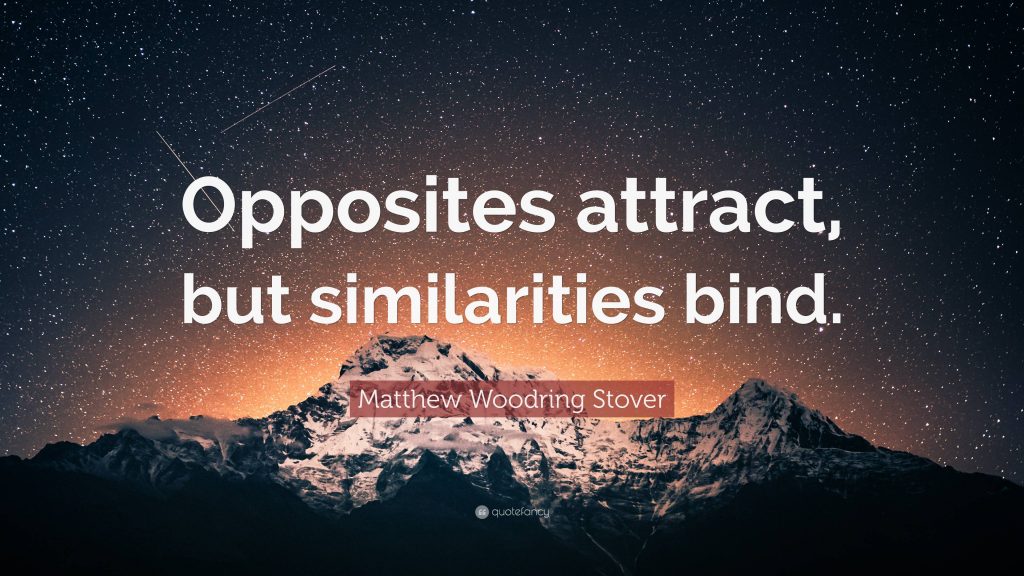ARTIFACT 3

The artifact for module 12 required you to identify what sounded like aggression to you from a list of one-sentence scenarios. From there, you had to discuss how these direct interactions were aggression. I choose this artifact because we live in a world where aggression is more common than it should be, so I thought it’d be vital to ponder on what aggression even involves. In the end, I think it involves a lot of things.
Was this scenario just plain pettiness? Was aggression just some tragic nesseccasity for survival? I thought of things in that way. Yknow what really made something aggressive and how far did it have to go? The intent or just the action? This question was complicated for me to answer because I just wasn’t sure. However, aggression does translate over to nonliving objects I think. If you slam down onto a table I think you; ‘re being fairly aggressive, just as you would be if you slammed your fist down onto a person.
ARTIFACT 2
My jaw dropped at the archive of module 8, that’s why I liked it. Not in surprise. I wasn’t really surprised per se, I was offended, if only for 10 seconds. The archive for module 8 required you to assign two adjectives to a racial/ethnic group whether you believed them true or not. At these directions, I assigned away with somewhat of a struggle because I didn’t have much of an idea what to give to half of them. I learned very quickly that some of them had more negative adjectives assigned to them than I would have thought.
I thought it was ironic that in 1933 black people were associated with laziness given their history of being enslaved to do intensive work. In this way, it showed me that stereotypes sometimes don’t even make sense. I thought it was also, interesting how Japanese people’s stereotypes changed as a consequence of world war 2. They went from intelligent to deceptive in a matter of years. For better or worse, it becomes obvious that stereotypes are not even concrete collective perceptions of a race/ethnicity.
The picture above is a word cloud of words I would describe black people as rather than lazy and superstitious.
ARTIFACT 1

I found module three’s archive the most interesting because it drew forward two opposing statements about the attraction between two people and dared to test the truth of each. Are people attracted to either similarly or oppositely? Now, people write books and movies endlessly about how much opposites attract even through the roughness of their differences. It is a trope that keeps coming. Yet, upon asking people whether they thought opposites or similarities attracted most said they felt they gravitated towards people who they are similar and others said it depended. It made me wonder if we just like the concept of two people who are opposites, being able to coexist with and even complete one another.
However, alongside viewing their perspective and my own, the question almost seemed very situational yet more likely that people who are similar are going to be attracted to one another. Most people gravitate towards people who they are similar with because there becomes a lot of room for relatability. When I think of being similar, I don’t think of two people who act the same. Instead, it is something where two people are very alike in their morals, past, and opinions but different enough in little ways that they aren’t carbon copies of one another. I had the chance to reflect on myself and the people I’m friends with and realize they are more similar to me than the opposite. Furthermore, the crushes I’ve had on people and the crushes I’ve seen my own friends have on people are not on people opposed to them.
The image above points out that opposites can attract, the statement isn’t false because it seems less likely, however, similarities usually create a notable tie between as they know and don’t doubt that they’re on the same page.